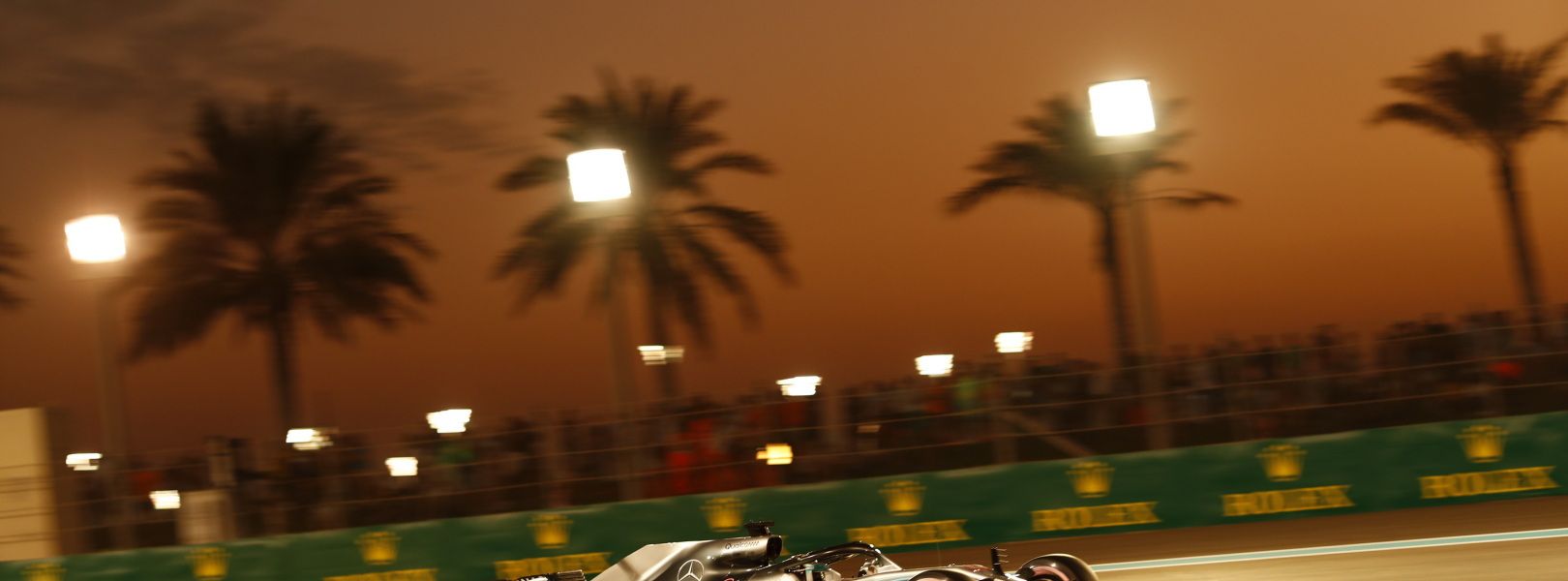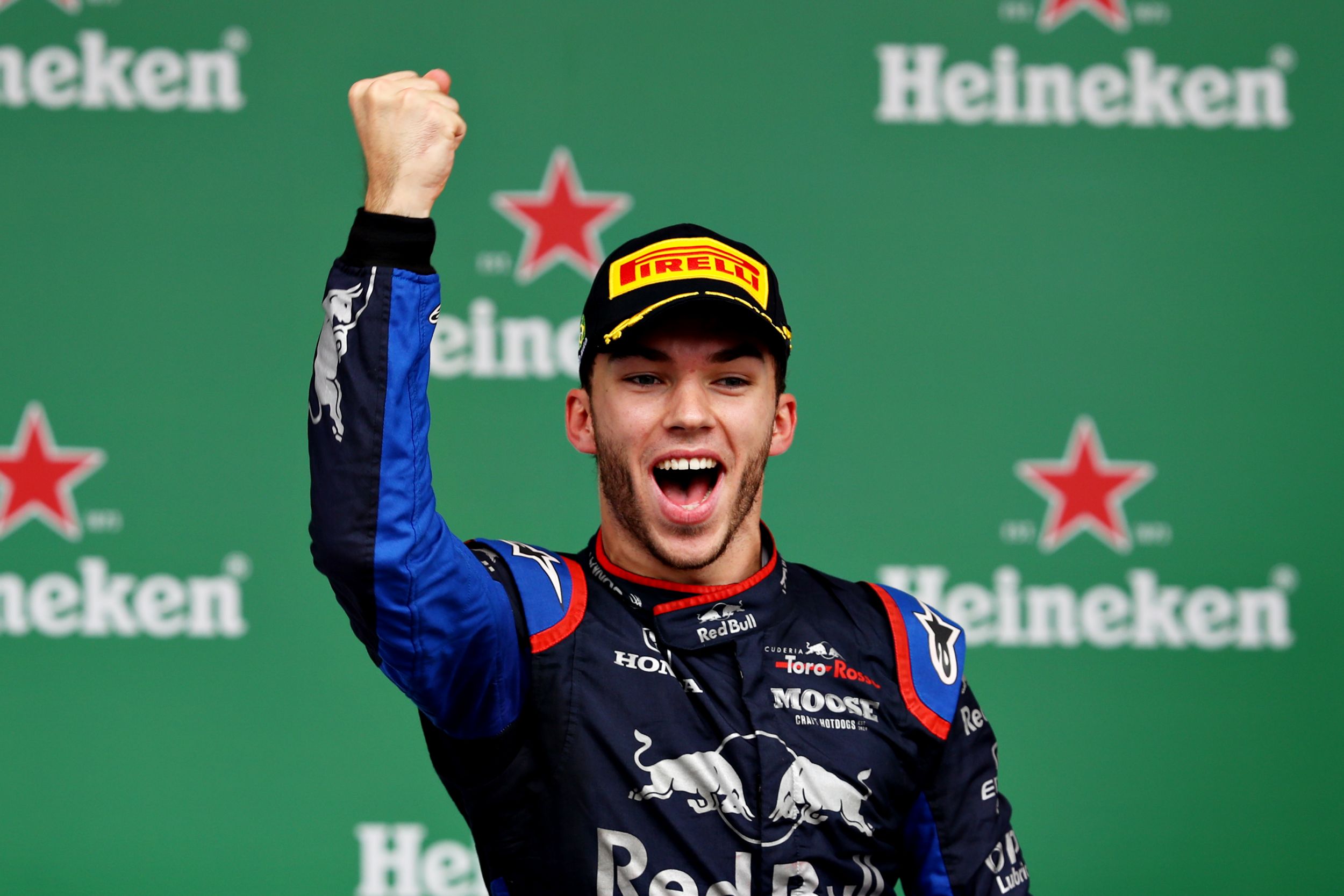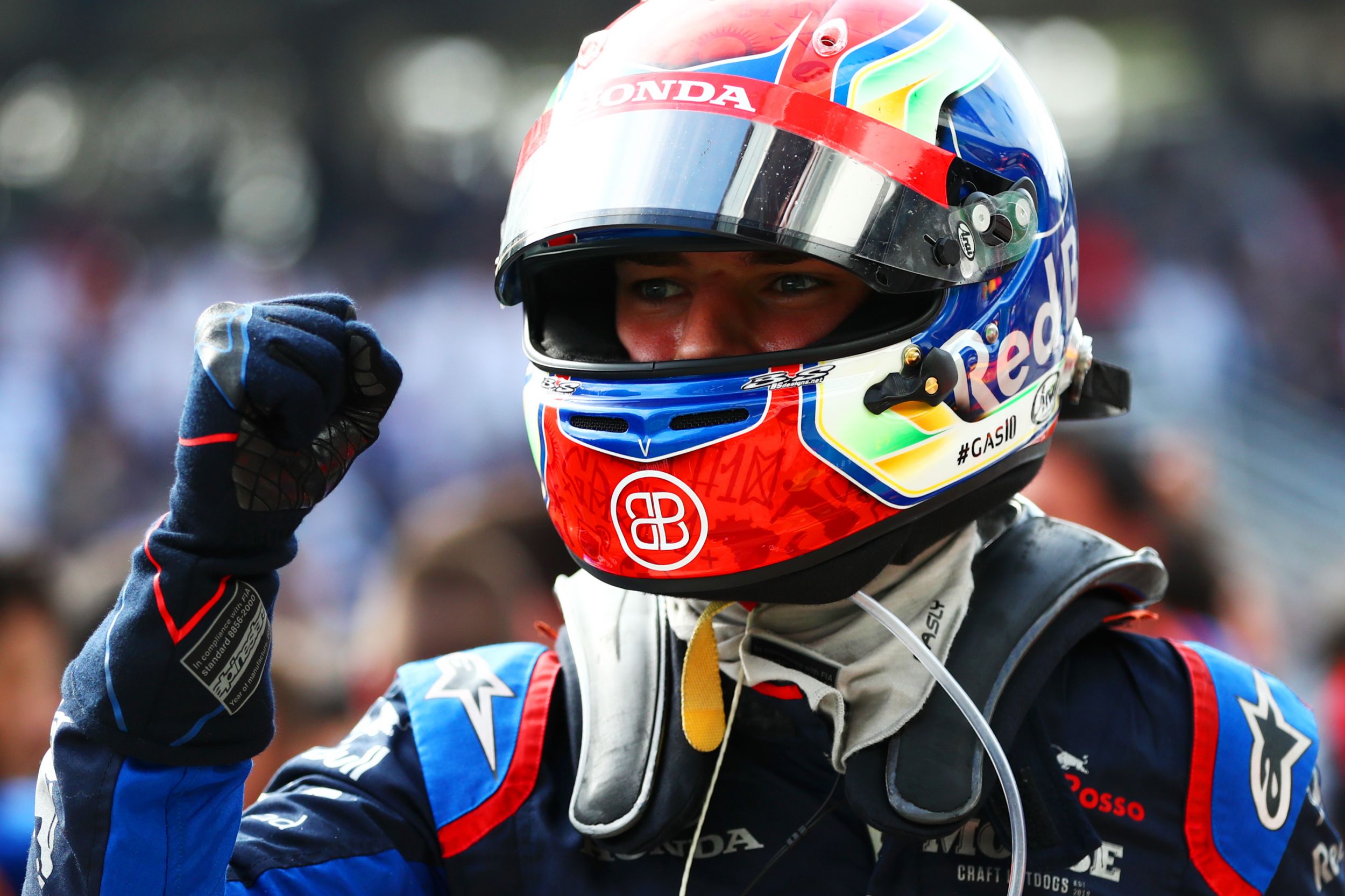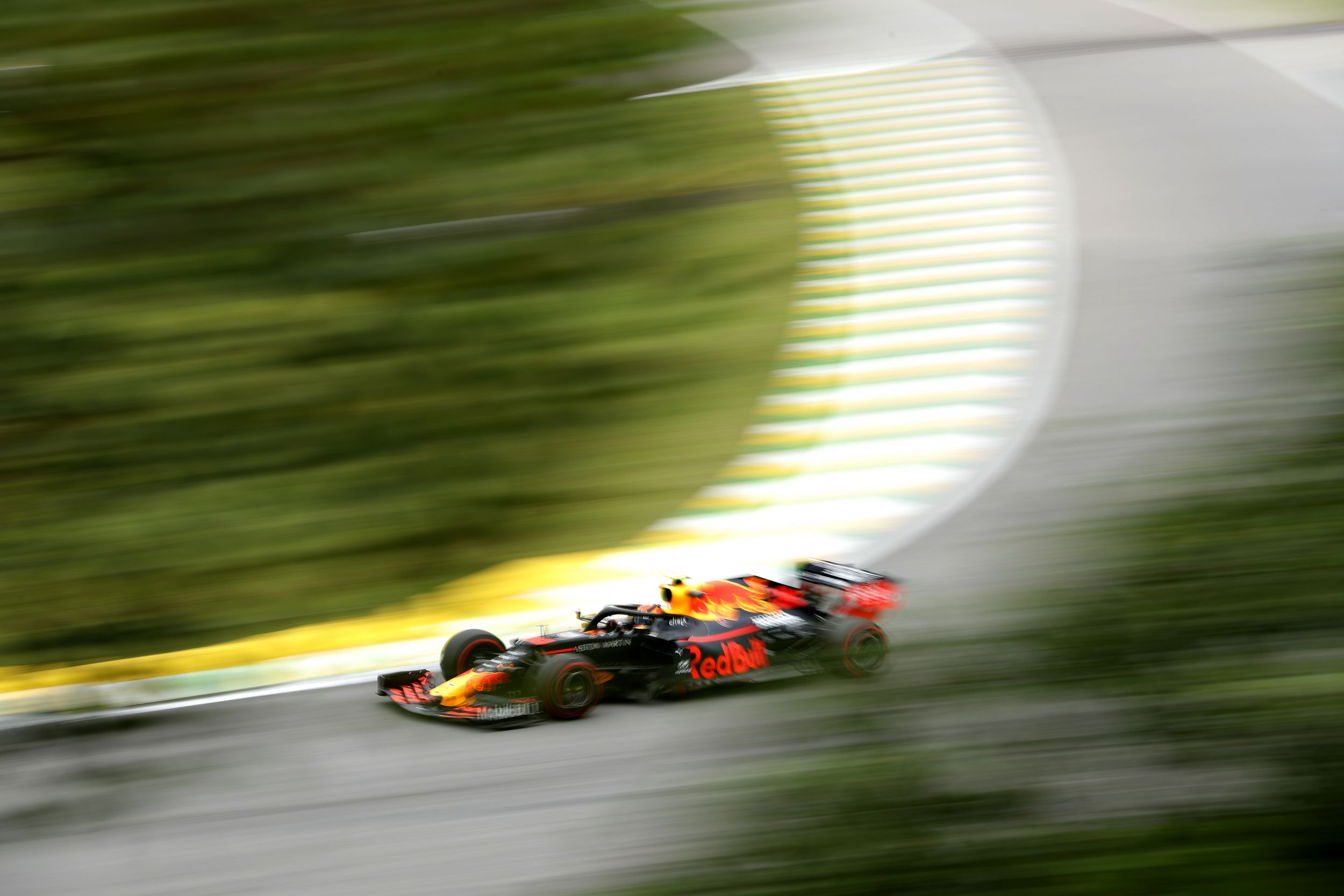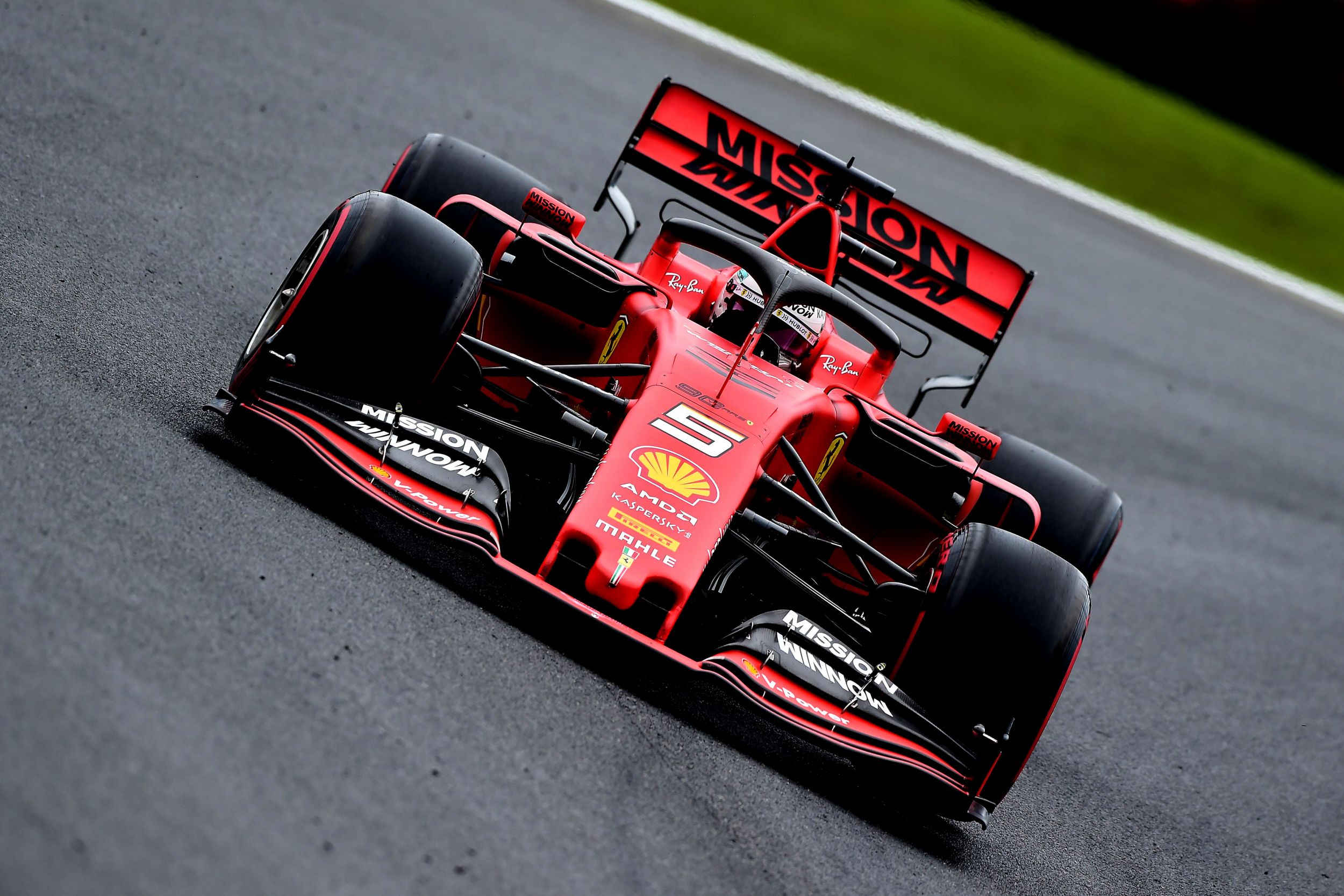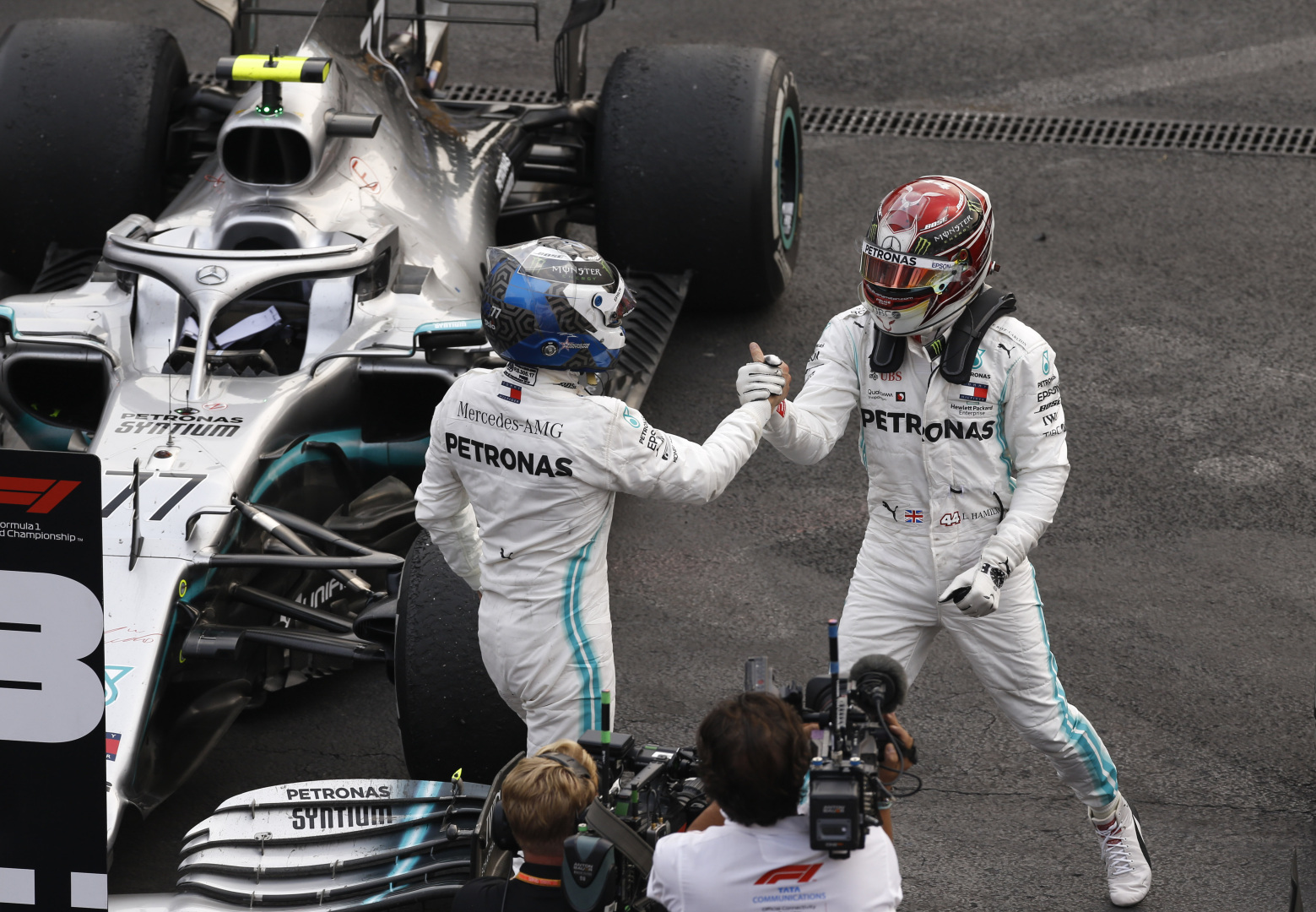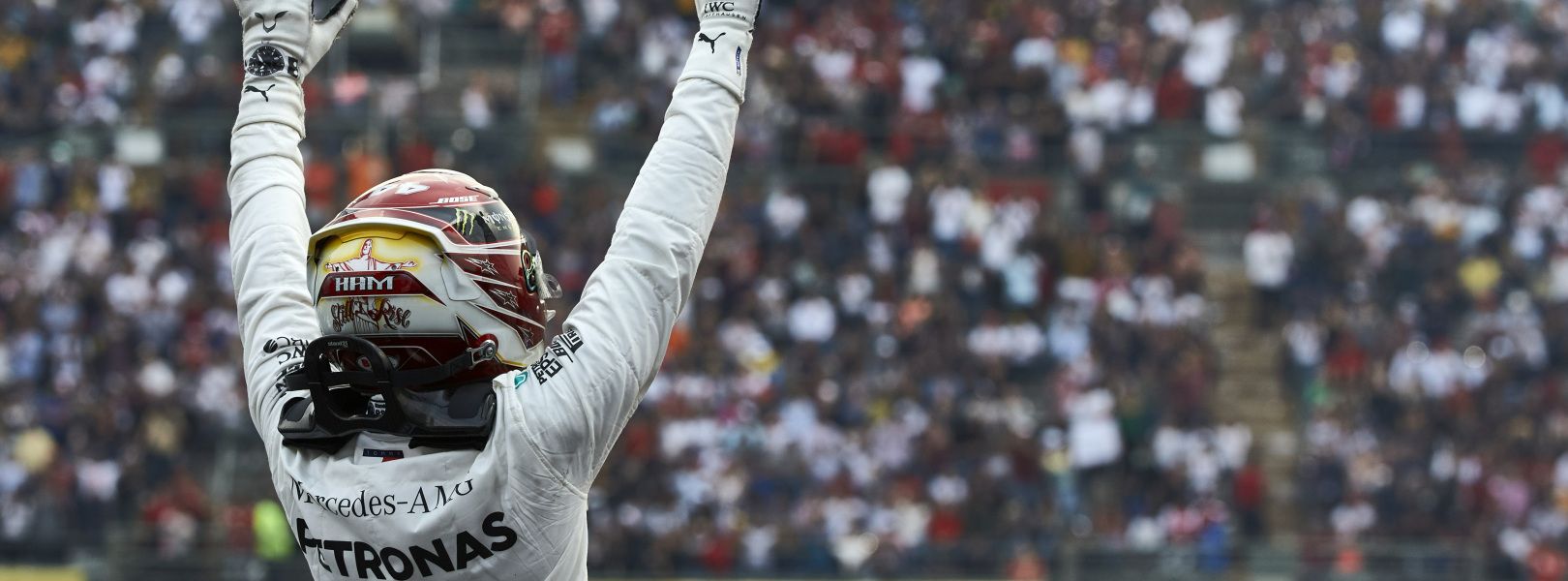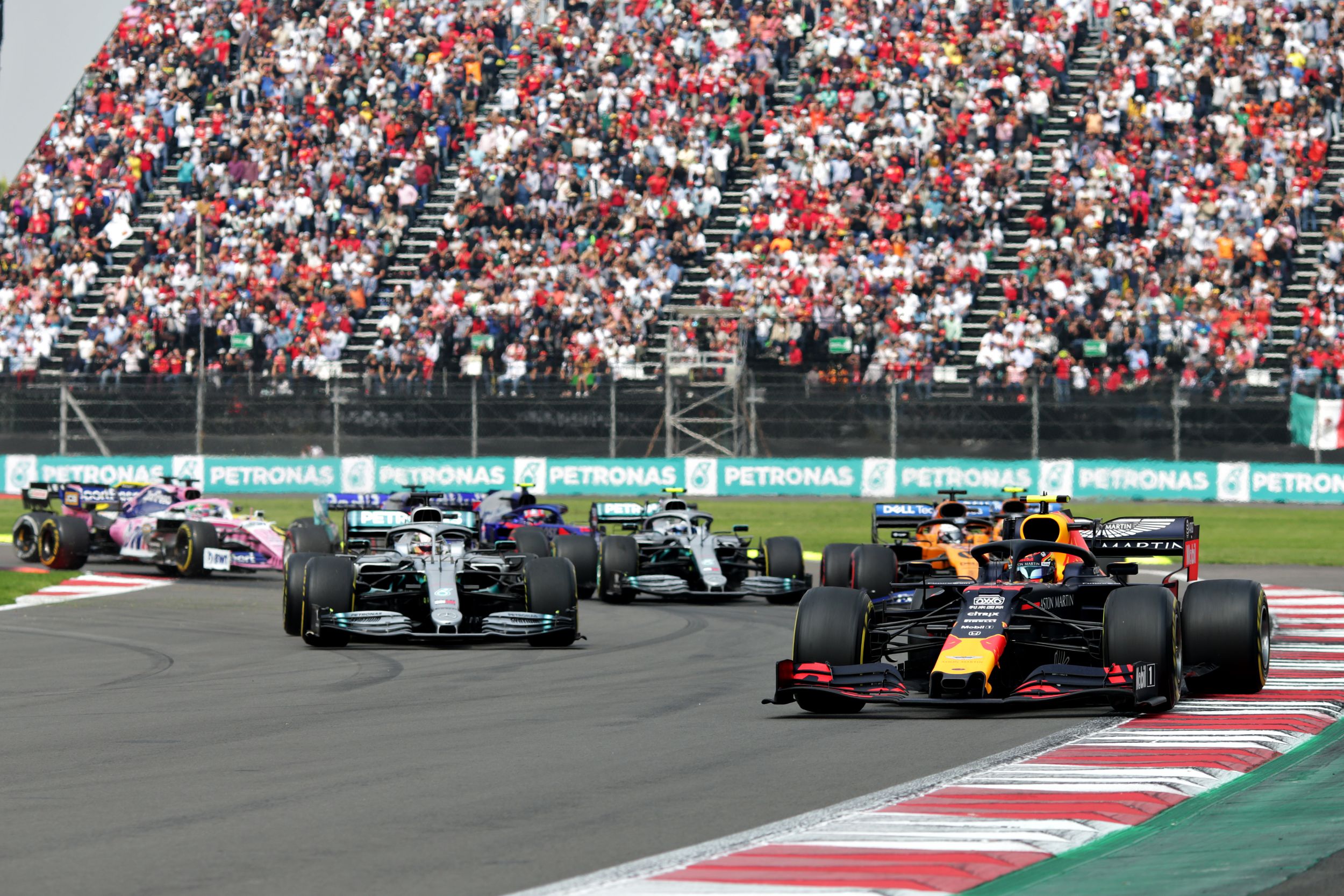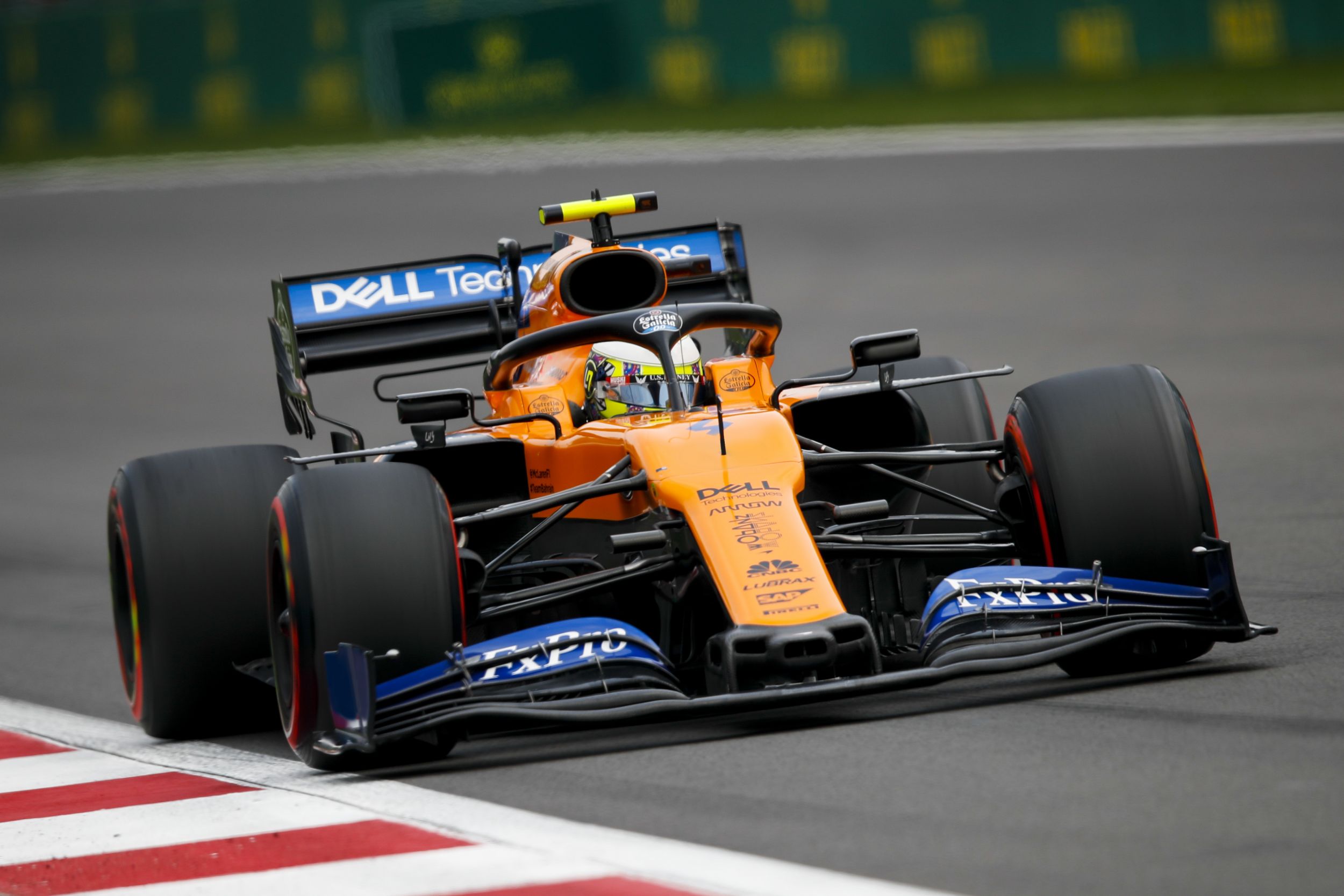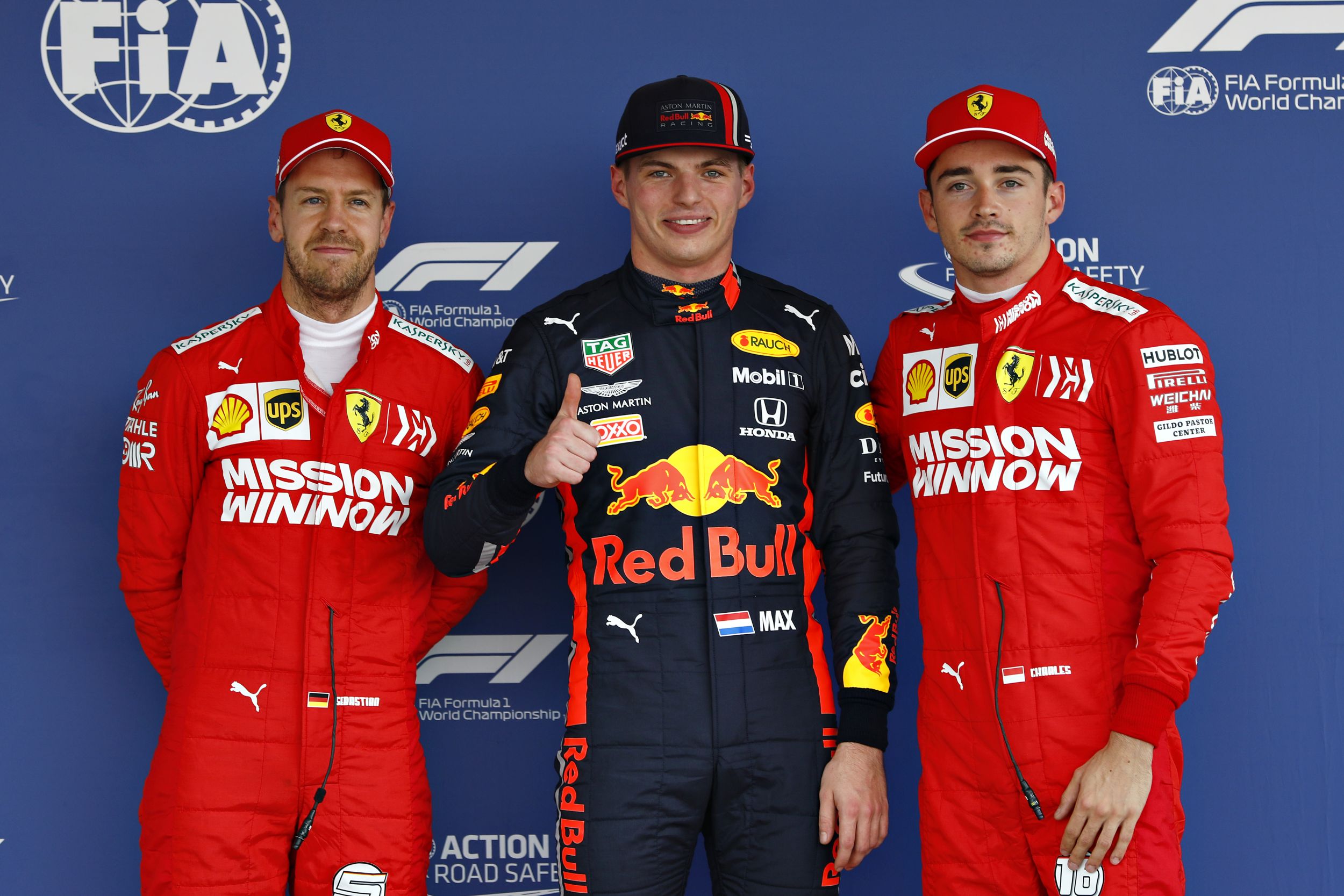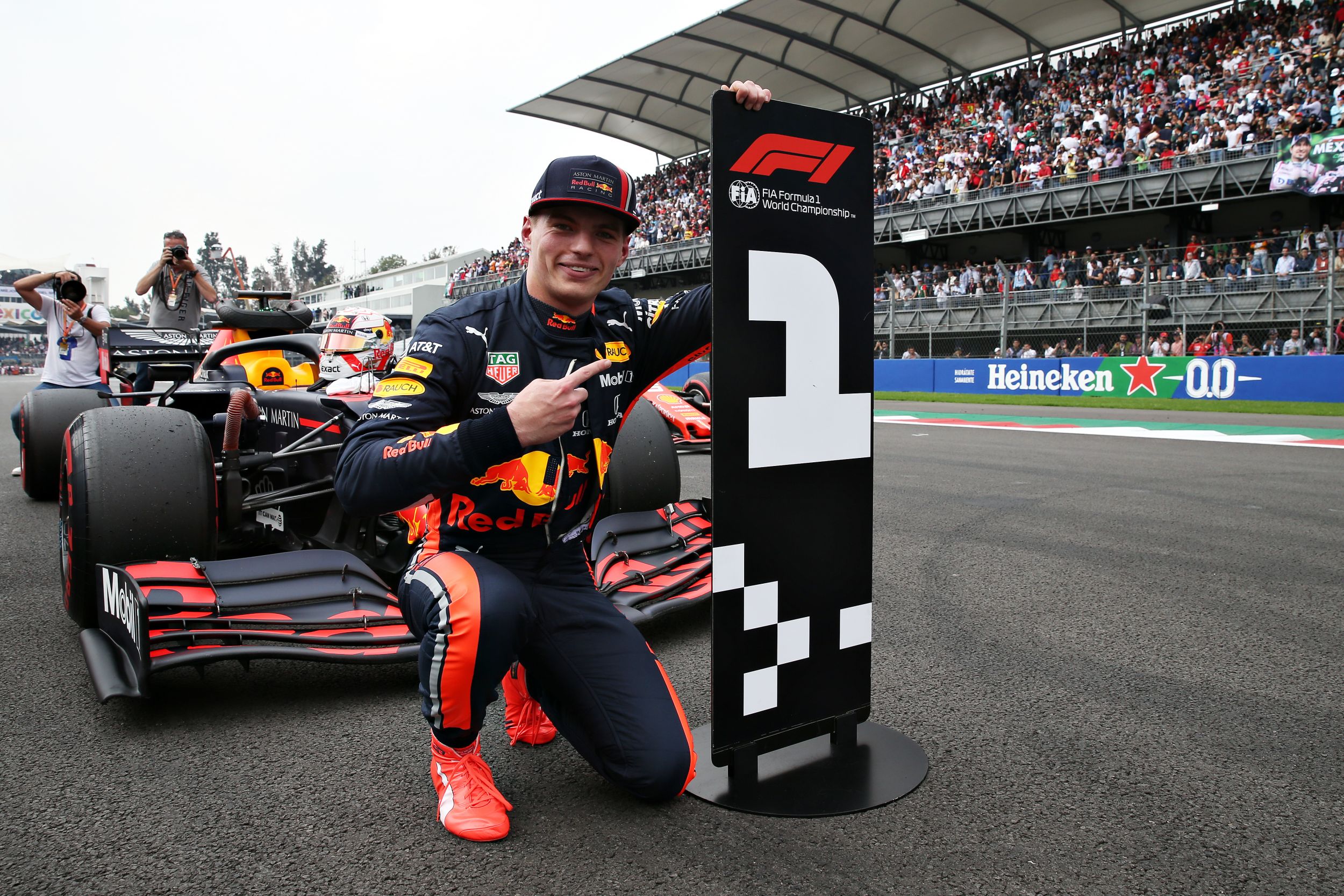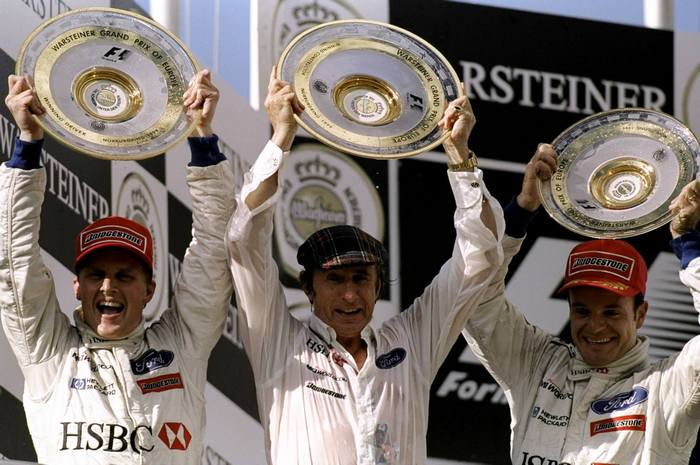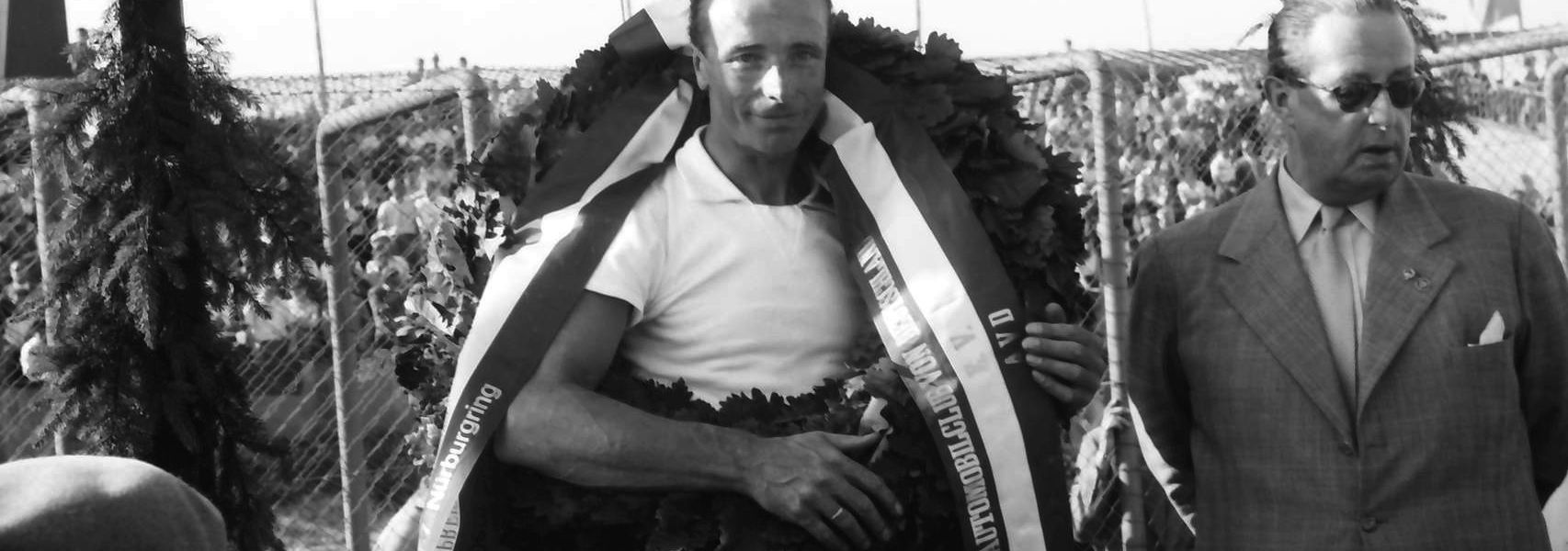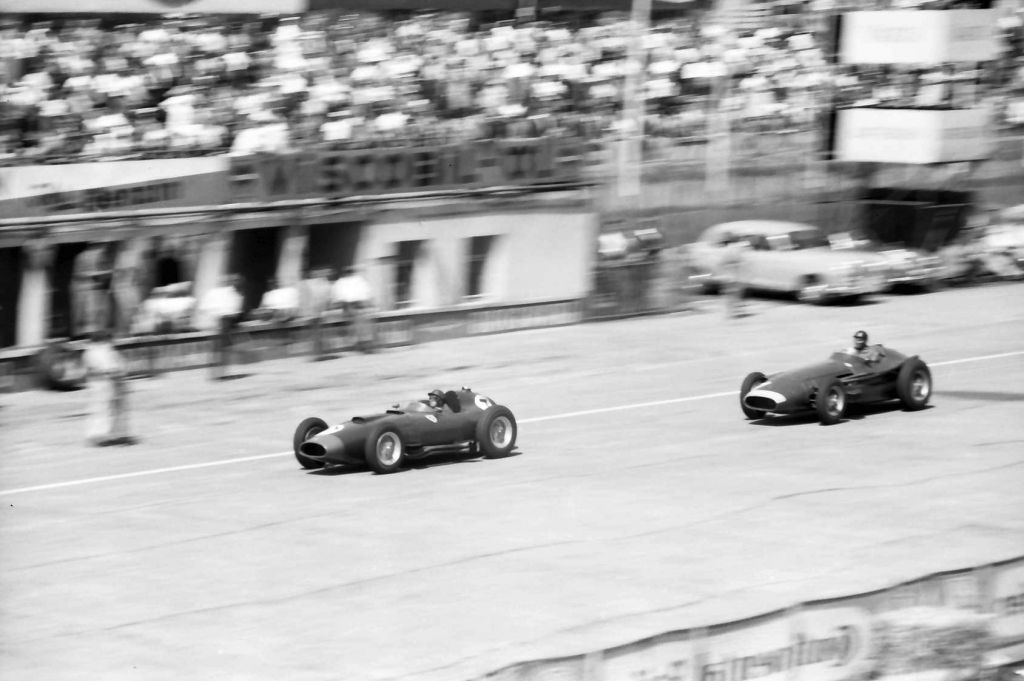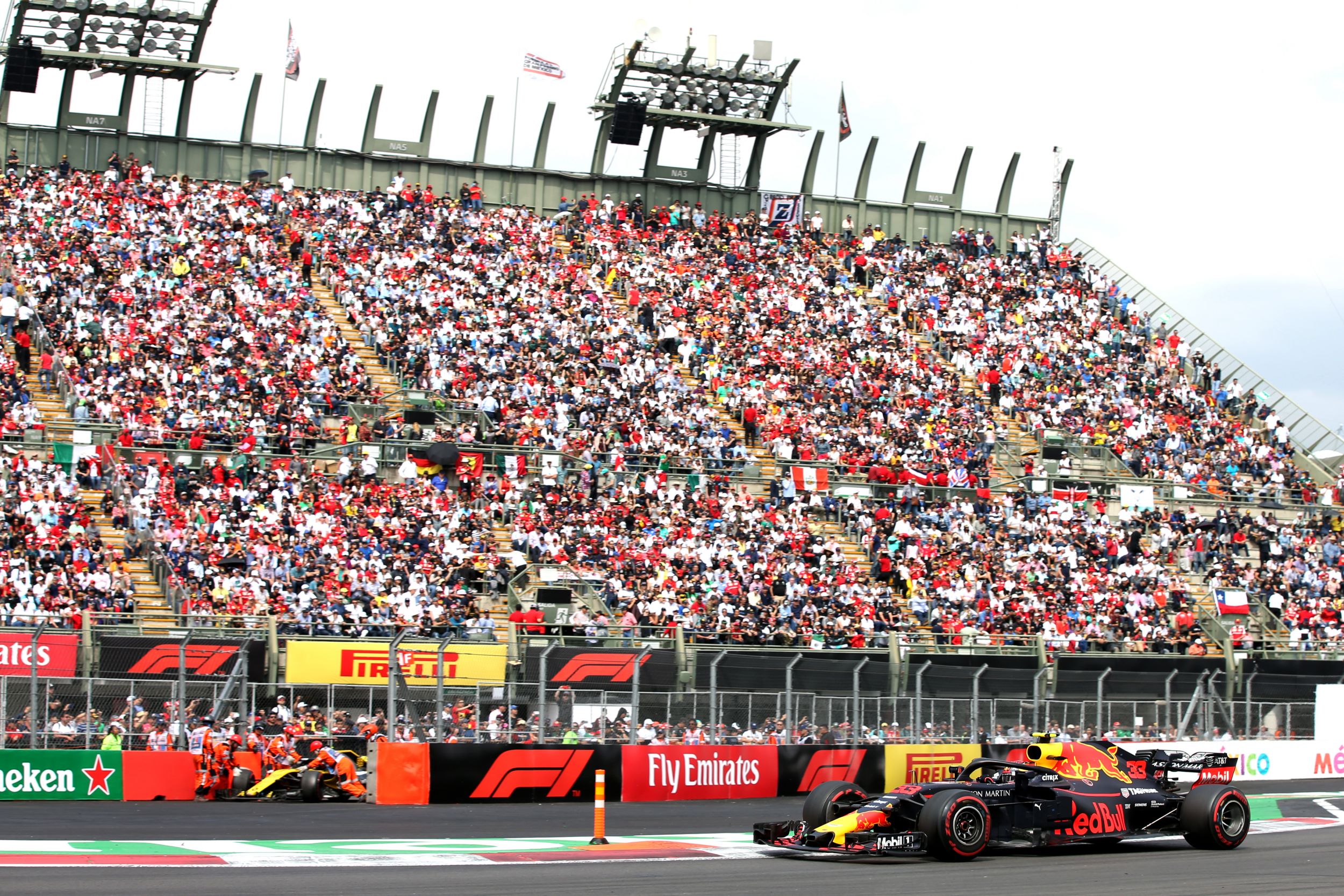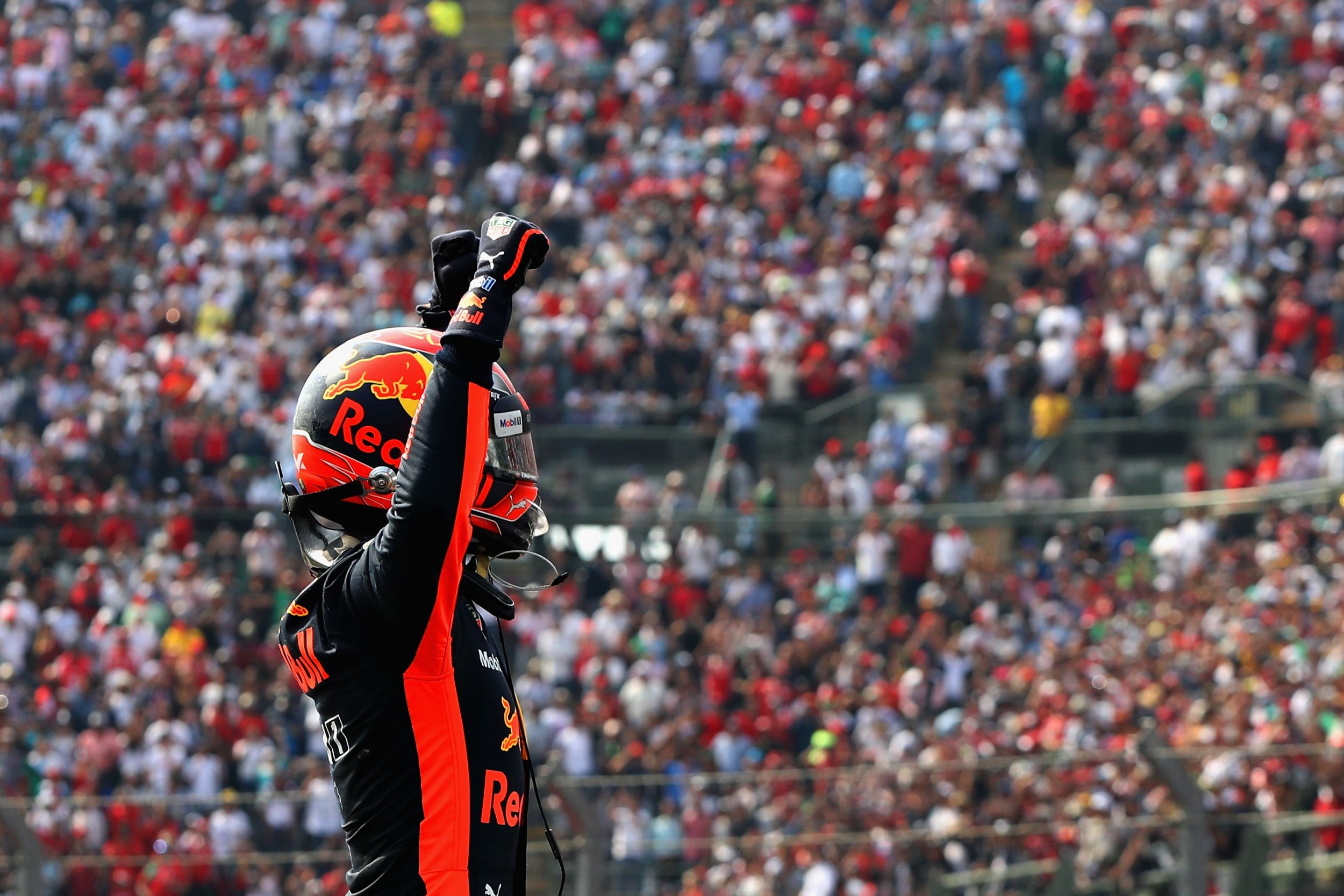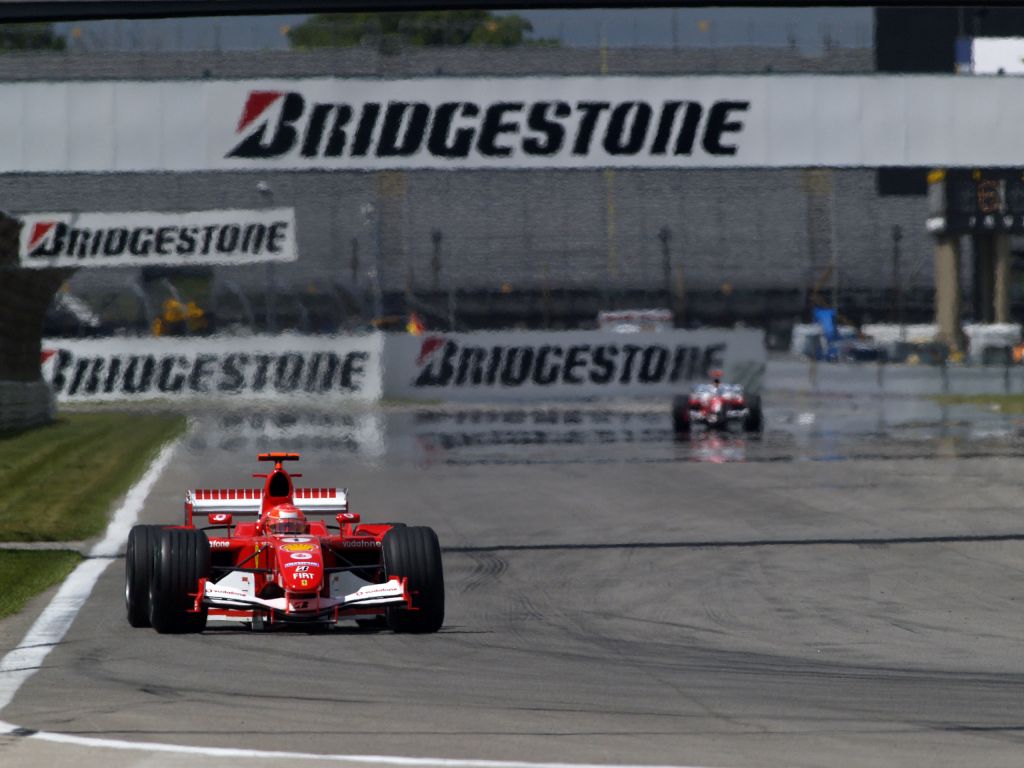Abu Dhabi sees the curtain drop on another Formula One season. However, it is a slightly tatted curtain and, much like the Greatest Showman – sorry to anyone who thought it was good – it is the end of a somewhat dull and monotonous year.
Of course, it has not been all doom and gloom. There have been some stunning races in 2019, like Austria, Silverstone, Germany and Brazil. However, the exciting and scintillating moments we associate so strongly with F1 have been few and far between.
With that said, the F1 bandwagon arrives at the 5.5-kilometre Abu Dhabi circuit – an excellent and enjoyable track for the drivers, not so much for the fans.
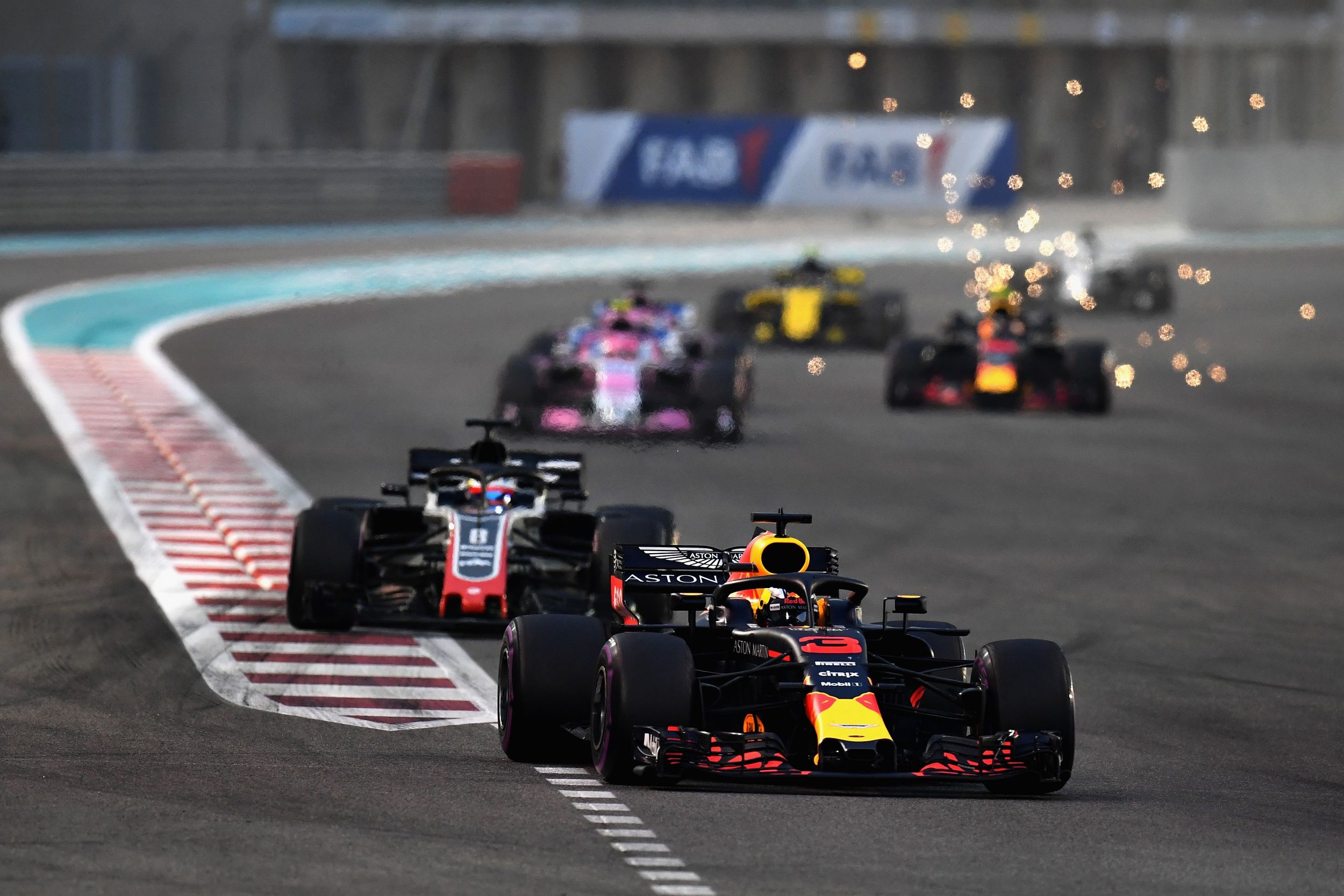
Abu Dhabi first appeared on the calendar in 2009, with Sebastian Vettel winning the race, and has played host to the last race on the calendar for eight of the last ten years.
However, the races have not always captured the eye for wheel-to-wheel magnificence. The circuit is rather clumsy to look at, especially the underground pit exit – which I am sure seemed a good idea to begin with – where it is difficult to mount cameras and no-one can actually see.
What rescues the track is the setting. The backdrop of the exhilarating Ferrari World, the grandstands and the pit complexes, and of course the pristine hotel with the LED lit roof, make the Abu Dhabi track quite the spectacle, and gives it a real feel of an end-of-season race. Speaking of which, this is the first time that the Formula One championship will have ever ended in December – hopefully the teams have remembered to pack their advent calendars.
Lewis Hamilton is a four-time winner in Abu Dhabi, and having wrapped up his sixth title already, he would love to see out the year in style with another victory.
As form has it, Mercedes have a good chance of another one-two finish under the lights. Abu Dhabi is predominantly a power track, but this has been a surprising area of inconsistency for both Mercedes and Ferrari all throughout the year, with the Honda power impressive in the back of the Red Bull and Toro Rosso cars. This was exemplified when Pierre Gasly out-dragged Lewis Hamilton to the line for a second placed finish in Brazil, so this race could yet be an interesting one.
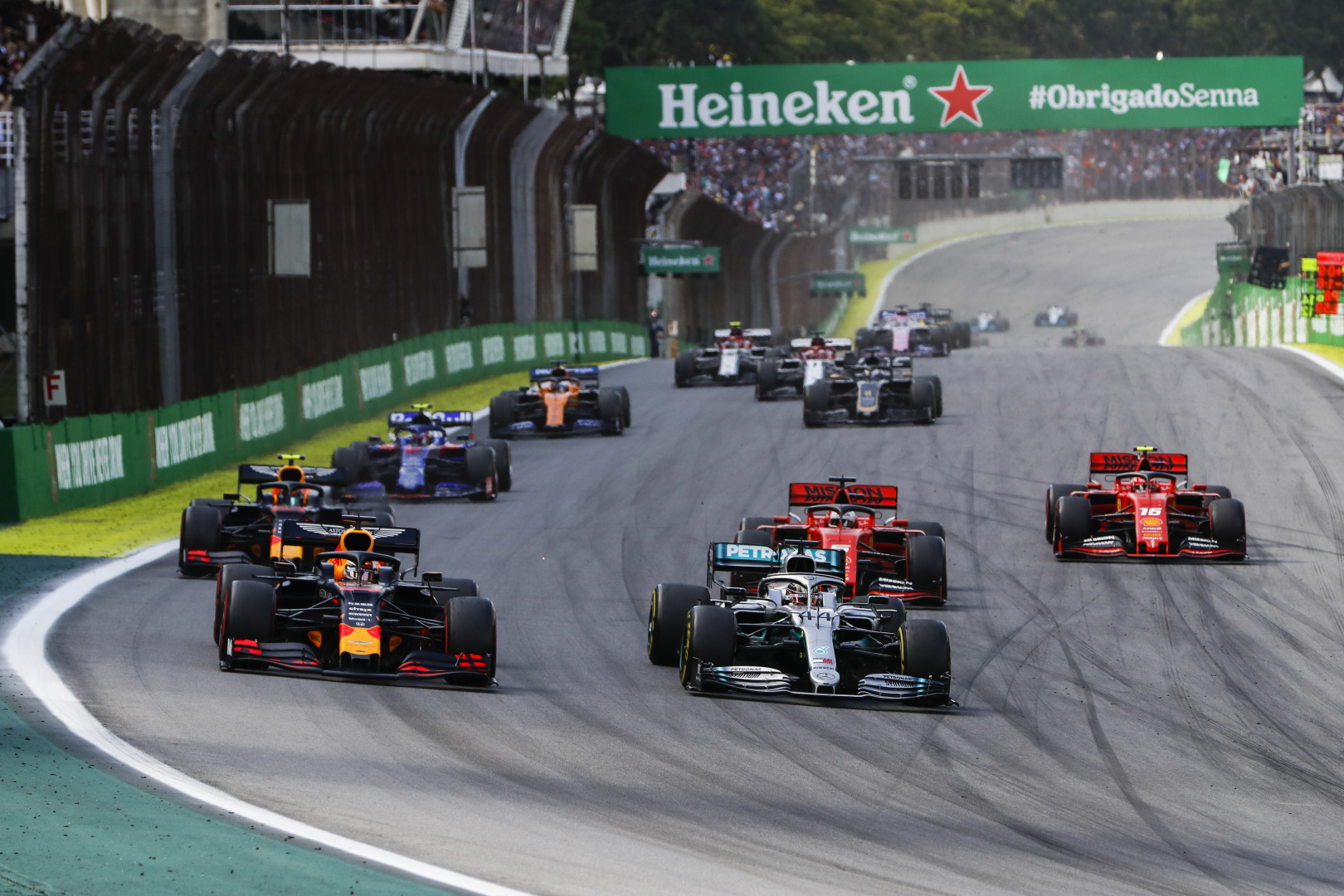
2020 will likely not include Renault’s Nico Hulkenberg, and will definitely not include Williams’ Robert Kubica, and so these two drivers will probably make their F1 farewells this weekend. Although, the return of Esteban Ocon, mixed with Hulkenberg’s impressive consistency, could lead the German to believe that he has a shot at a seat in the future. Kubica’s seat at Williams seat is still up for grabs though.
Following Carlos Sainz’s remarkable podium finish in Brazil – McLaren’s first since Melbourne 2014 – he and Lando Norris, who has excelled in his first season in F1, have sealed fourth in the constructors’ in what has been a superb improvement on the last six years for the British team. 2020 could see them propel themselves even further in the right direction, but they are still a way off third best team Red Bull at the moment.
The real battle is for fifth in the Constructors’ between Renault, who currently occupy the spot, and Toro Rosso, who are just eight points behind. The midfield battle has been extraordinary this year, and Racing Point and Alfa Romeo are still mathematically in with a shot, but they are extreme outsiders. Haas are set to stay ninth in what has been an abysmal year for Grosjean and team-mate Kevin Magnussen, who managed to get both cars into Q3 in Brazil, only to fail to score points in the race.
All eyes are on the midfield then, but there are plenty of other places to look around the beautiful setting at the Yas Marina Circuit as Formula One heads into the final race of the decade.
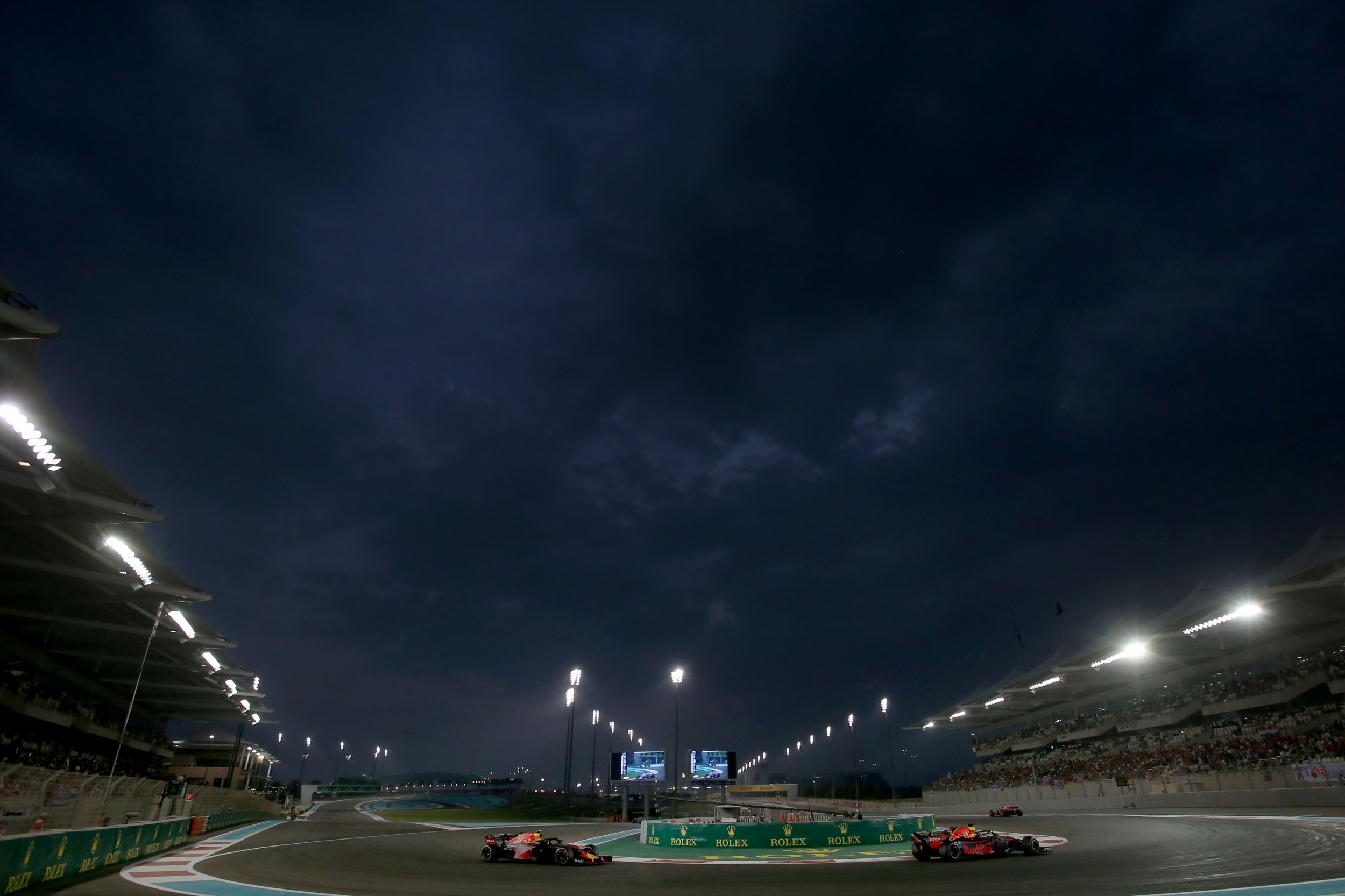
And at the end of what has been a tumultuous year, let’s not forget those we have lost.
Charlie Whiting passed in his sleep just before the Australian Grand Prix at the start of the year. The race director was one of the most influential pioneers in F1’s pursuit of safety. He was forever on the side of the drivers and the fans, had a human side that simply could not be matched, and he had an infectious smile that warmed the heart. What he did for Formula One is the reason we are able to watch races in the way that we do today. He will be missed.
We also said goodbye to Niki Lauda. The Austrian was a three-time world champion who drove for both Ferrari and McLaren, and even continued to achieve great success after his horrific accident at the Nurburgring in 1976. In his later years, he worked as non-executive chairman of Mercedes, but he was so much more. He played a part in race weekends, strategies and was a phenomenal mentor to their drivers. Lewis Hamilton was so affected by his passing that he was excused media obligations before the Monaco Grand Prix, demonstrating the effect that Lauda had on the entire paddock, both on a racing level and on a personal level.
And finally, we lost promising French star Anthoine Hubert, whose crash at Spa in the summer claimed his life and left Juan Manuel Correa in hospital. Correa is now recovering at home. Hubert was a ray of sunshine in the F2 paddock, and had the racing prowess to match. His death rocked motorsport, and a minute’s silence was respectfully held on race day in both F1 and F3 on the Sunday – F2 chose not to race that day. He was a brightly shining star taken from us far too soon.
Though we will move on from 2019, we, as a motorsport family, will never forget them.
[Featured image – Wolfgang Wilhelm]

